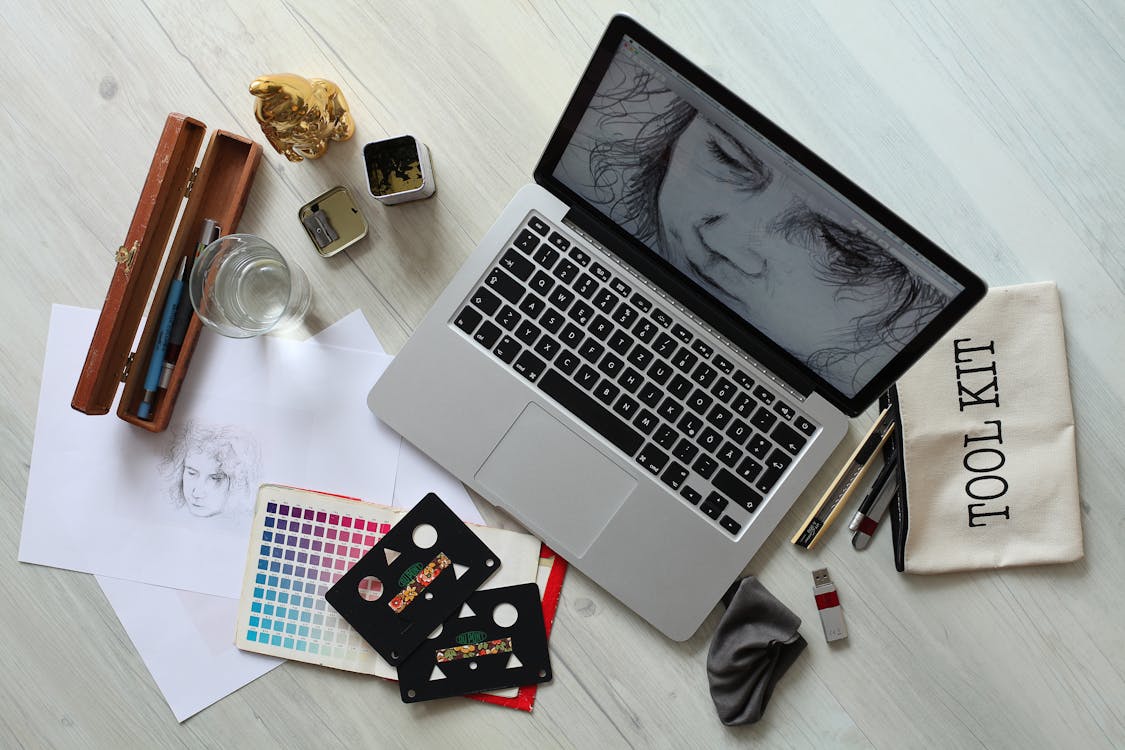Graphic design is the art and practice of creating visual content to communicate messages. It combines images, text, and other visual elements to convey ideas in a clear and aesthetically pleasing way. Graphic design is used across many industries for branding, advertising, web design, packaging, and more.
Key Aspects of Graphic Design:
- Elements of Design:
- Line: Can guide the viewer’s eye or divide sections.
- Shape: Basic forms (circle, square, etc.) used in compositions.
- Color: Evokes emotion and creates mood.
- Typography: The style and arrangement of text.
- Texture: Gives a sense of surface (smooth, rough, etc.).
- Space: The use of negative (empty) and positive space.
- Image: Photos, illustrations, icons.
- Principles of Design:
- Balance: Distribution of visual weight (symmetrical or asymmetrical).
- Contrast: Difference in elements to create focus.
- Alignment: Organizing elements to create visual connections.
- Repetition: Reinforces a consistent look.
- Proximity: Grouping related items.
- Hierarchy: Guiding the viewer’s eye to what matters most.
- Tools:
- Software: Adobe Photoshop, Illustrator, InDesign, Canva, Figma.
- Hardware: Graphics tablets, monitors, styluses.
- Types of Graphic Design:
- Branding: Logos, brand guidelines.
- Marketing: Posters, flyers, ads.
- Web/UI Design: Websites, apps.
- Packaging: Product containers, labels.
- Motion Graphics: Animated graphics and videos.
- Publication: Books, magazines, newspapers.




